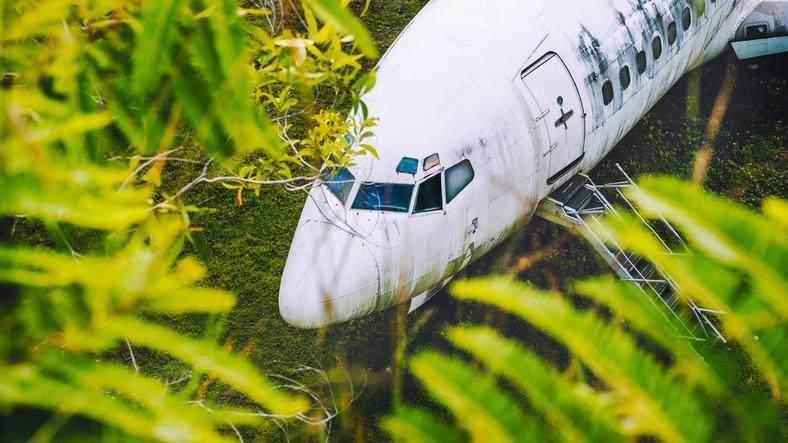When Aviation Accidents Happen

Despite strict oversight, aviation accidents happen. The tragic crash near Teterboro Airport in May is a recent example. Whether it was equipment failure or human error, the plane crashed on its approach to a runway, killing both the pilot and co-pilot. News coverage of the crash reported that this was “the 53rd fatal Learjet 35 accident since 1977, according to the Aviation Safety Network.”
Some say this is not unusual for private aircraft. According to the National Transportation Safety Board, which tracks accident statistics, there are many more accidents and fatalities involving civil than commercial aircraft. In 2014, for example, there were 1,223 accidents, and 424 deaths, in general aviation. Compare that to commercial airlines which had 29 accidents with no fatalities during the same timeframe.
Whether it’s a large commercial jet or a small pleasure craft, however, the causes of crashes are similar: human error and/or equipment malfunction. Human error covers pilot error and negligence of an air traffic controller or flight service station employee. Equipment malfunction may occur because there are structural or design problems or if the equipment is poorly maintained.
“Aviation litigation is complex, and involves many potential theories of liability under state, federal, and international law,” according to FindLaw, which provides a good overview of Aviation Accidents. Depending on the circumstances, one could sue a number of different defendants (owners, operators, manufacturers, others) in various courts. That’s why it’s helpful to work with an attorney who is experienced in aviation disaster.
If you or someone you love was hurt or killed in an aviation accident, and you believe it’s due to negligence or product failure, contact an experienced aviation accident attorney in Philadelphia to discuss your rights.

